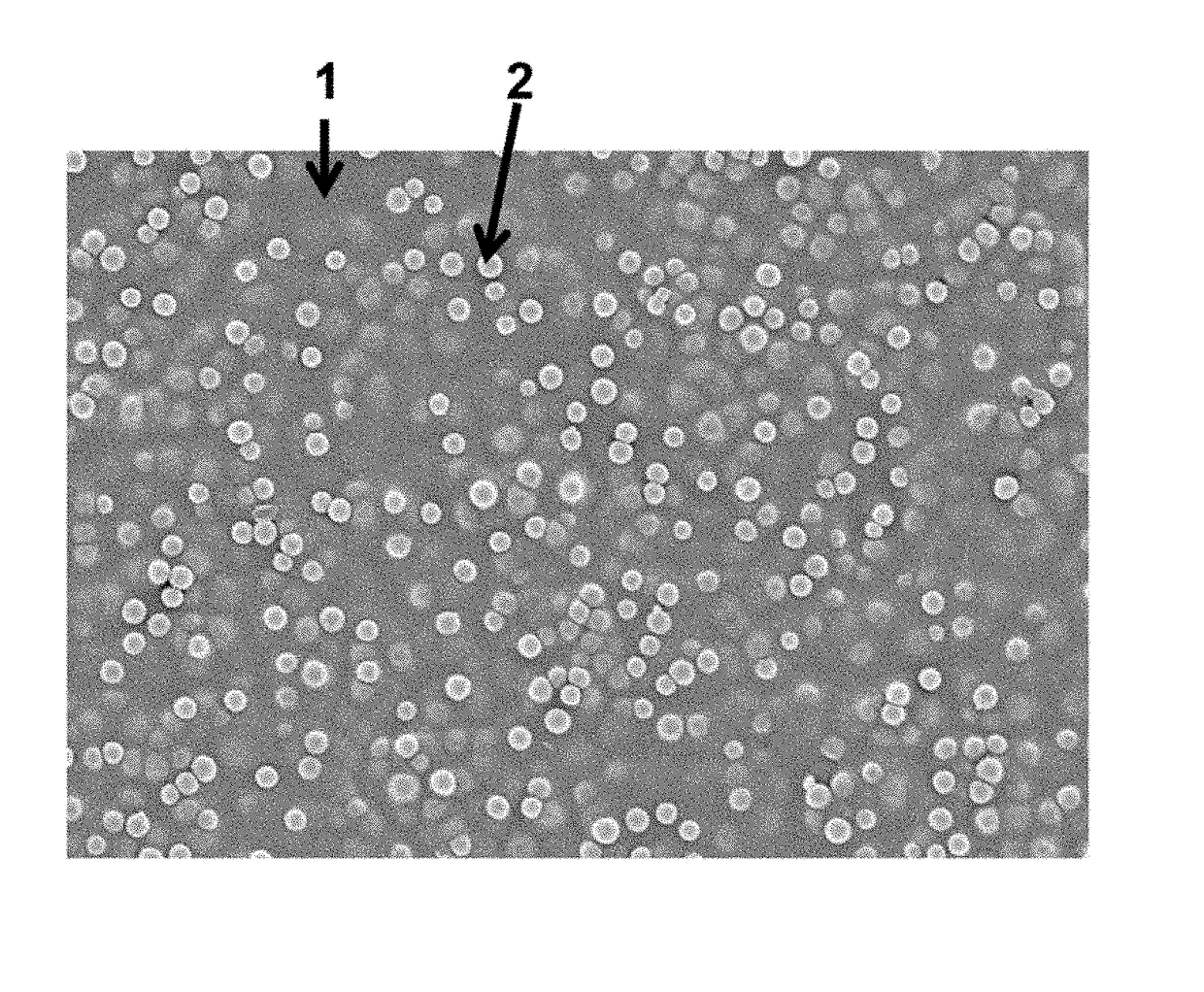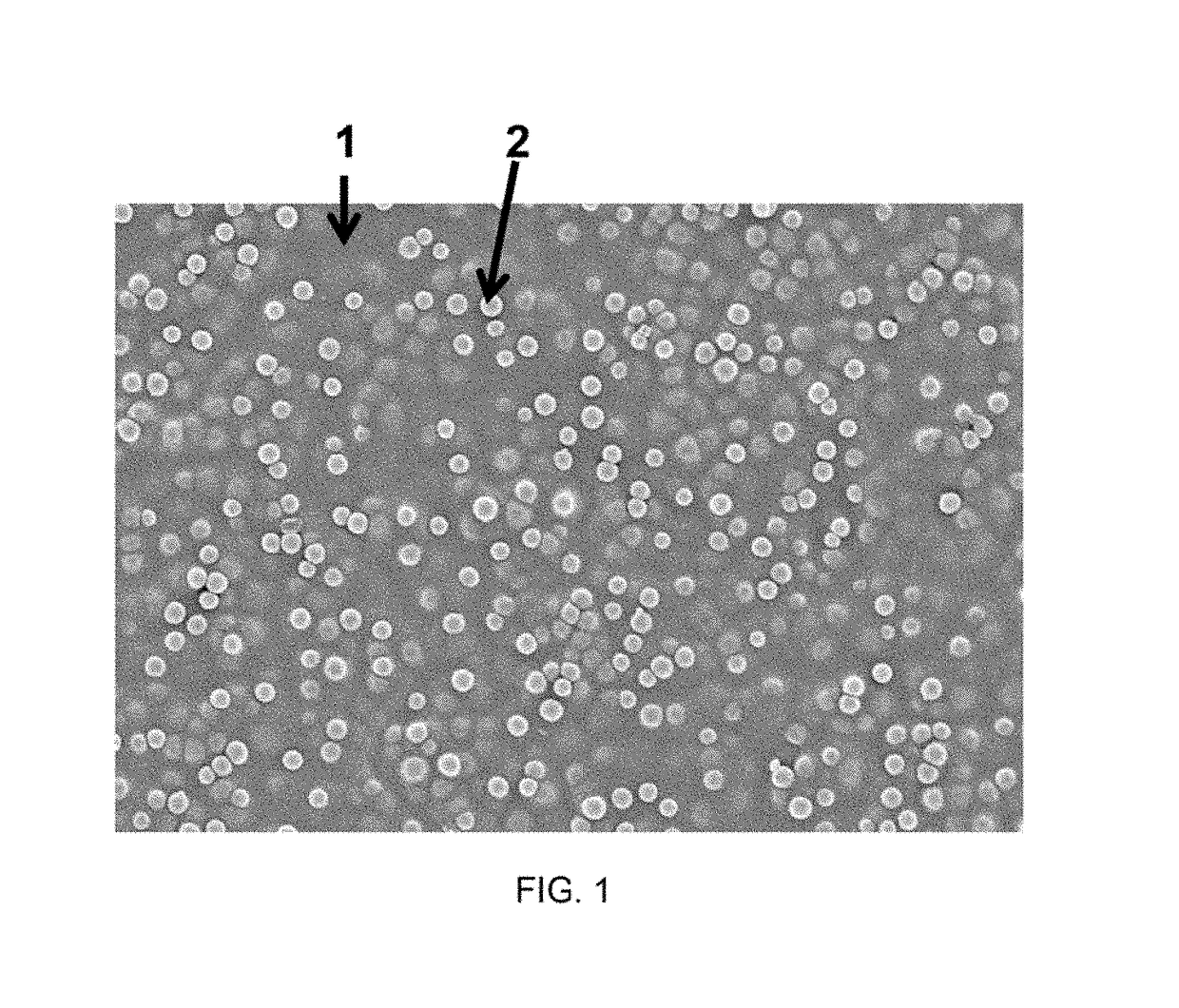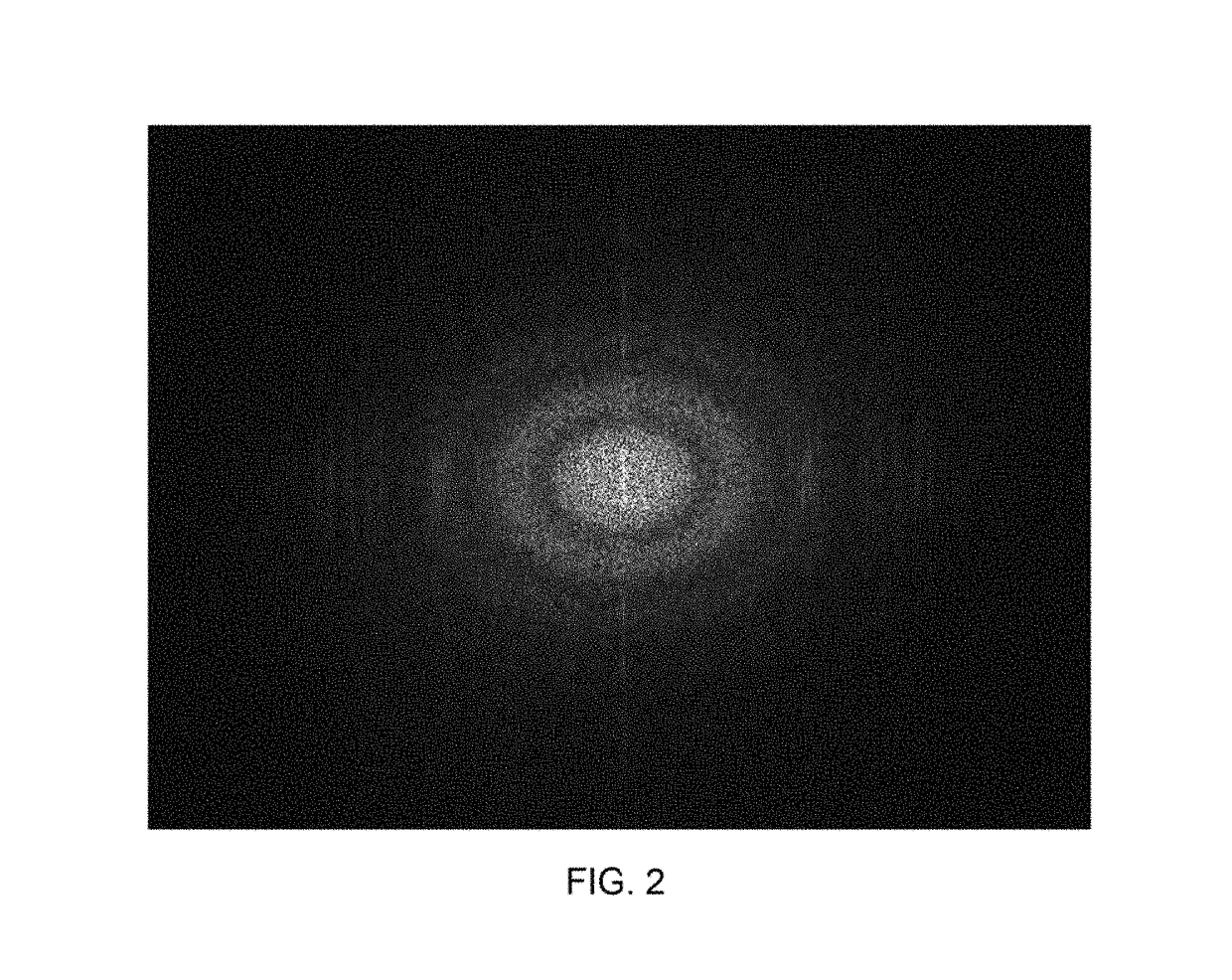Hydrogel-based contact lens and methods of manufacturing thereof
a technology of contact lenses and hydrogels, applied in the field of hydrogels, can solve the problems of only 20 commercial contact lenses able to screen out, the concentration of absorbers and dyes is limited to a certain level, and the market demand cannot meet, so as to achieve high transmittance, high reflectance of light, and low transmittance
- Summary
- Abstract
- Description
- Claims
- Application Information
AI Technical Summary
Benefits of technology
Problems solved by technology
Method used
Image
Examples
Embodiment Construction
[0014]The examples depicted in the following section are provided for the purpose of detailed explanation of the features of preferred embodiments, in order to enable one having ordinary skill in the art to understand the preferred embodiments.
[0015]At least one embodiment of the present invention relates to hydrogel-based contact lenses and the methods of manufacturing thereof. In the methods, composite hydrogel films are cured by evaporating solvents in a mixture of a hydrogel precursor and nanospheres dispersed in a colloid. In the composite hydrogel films, the nanospheres are arranged in amorphous arrays.
[0016]In the methods of manufacturing hydrogel-based contact lenses, the hydrogel precursor may be photocurable hydrogel, thermalcurable hydrogel, or the combination thereof. The compositions and curing processes may be differed based on the properties of selected hydrogel.
[0017]The photocurable hydrogel is polymerized from hydrogel precursor, photoinitiator, and ultraviolet (UV...
PUM
| Property | Measurement | Unit |
|---|---|---|
| diameter | aaaaa | aaaaa |
| diameters | aaaaa | aaaaa |
| diameter | aaaaa | aaaaa |
Abstract
Description
Claims
Application Information
 Login to View More
Login to View More - R&D
- Intellectual Property
- Life Sciences
- Materials
- Tech Scout
- Unparalleled Data Quality
- Higher Quality Content
- 60% Fewer Hallucinations
Browse by: Latest US Patents, China's latest patents, Technical Efficacy Thesaurus, Application Domain, Technology Topic, Popular Technical Reports.
© 2025 PatSnap. All rights reserved.Legal|Privacy policy|Modern Slavery Act Transparency Statement|Sitemap|About US| Contact US: help@patsnap.com



